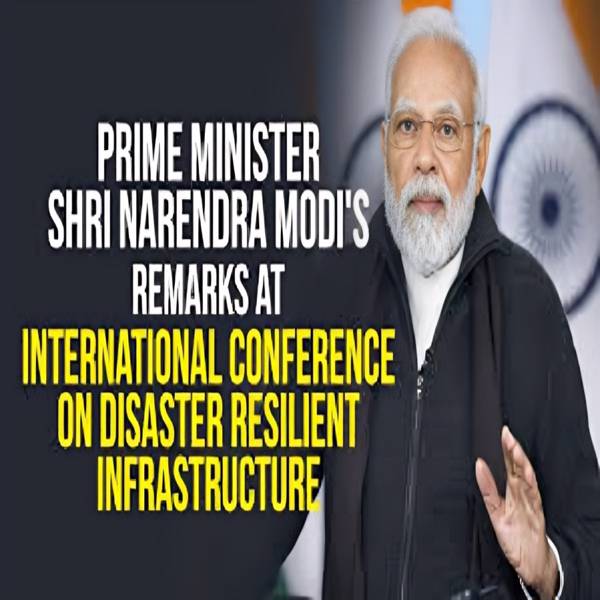India Gears Up After Ukraine’s FPV Attacks.
Ukrainian FPV Drone Attacks Showcase Cutting-Edge Warfare, Says Indian UAV Specialist
The recent use of First-Person View (FPV) drones by Ukraine in strikes on Russian airbases represents a pioneering approach in contemporary conflict, according to Indian defense experts. This innovative tactic has drawn attention worldwide and is seen as a valuable case study for nations like India.
Colonel Devesh Singh (Retd.), an expert in ammunition, explosives, and unmanned aerial vehicles, shared insights with India Today TV, describing the operation as “a highly calculated and strategic assault,” likening it to Israel’s renowned pager attack on Hezbollah. He highlighted that Ukraine deployed cost-effective, high-speed FPV drones hidden cleverly inside truck ceilings, demonstrating a blend of stealth and efficiency.
What sets these drones apart is their use of optical fiber technology for communication, enabling them to fly up to 18-20 kilometers while avoiding detection by Russian radar systems due to their small size and rapid speed.
“This is Ukraine’s largest drone offensive to date,” Col. Singh noted. “Following India’s Operation Sindoor, our armed forces are also advancing in developing improvised UAVs and enhanced air defense measures to better prepare for future warfare.
Also read: WhatsApp Status Gets a Creative Upgrade.
Intelligence-Driven Precision Strikes
Dubbed ‘Operation Spider’s Web,’ Ukraine’s mission combined human intelligence, cutting-edge technology, and meticulous planning. Secrecy was paramount, with key Russian assets such as Tu-95 and Tu-22 bombers, as well as AWACS aircraft—crucial for long-range missions—being targeted and destroyed.
Col Singh further suggested that the success of this operation likely involved assistance or intelligence sharing from another country, emphasizing the complex nature of modern warfare. “The destruction caused by these FPV drones also indicates a deliberate effort to erase evidence,” he added.
India’s Growing Focus on FPV Drones
Inspired by such advancements, India inducted its first batch of five FPV drones into the army in March this year, with plans to expand the fleet to around 100 drones in the coming years.
These drones carry anti-tank munitions and were developed and tested through collaboration with the Terminal Ballistics Research Laboratory (TBRL) in Chandigarh. This marks a strategic shift in India’s defense posture, embracing sophisticated drone technology to enhance combat readiness.
Though the current deployment is modest, it signals India’s commitment to incorporating high-tech unmanned systems in its military strategy to face the challenges of future warfare.



